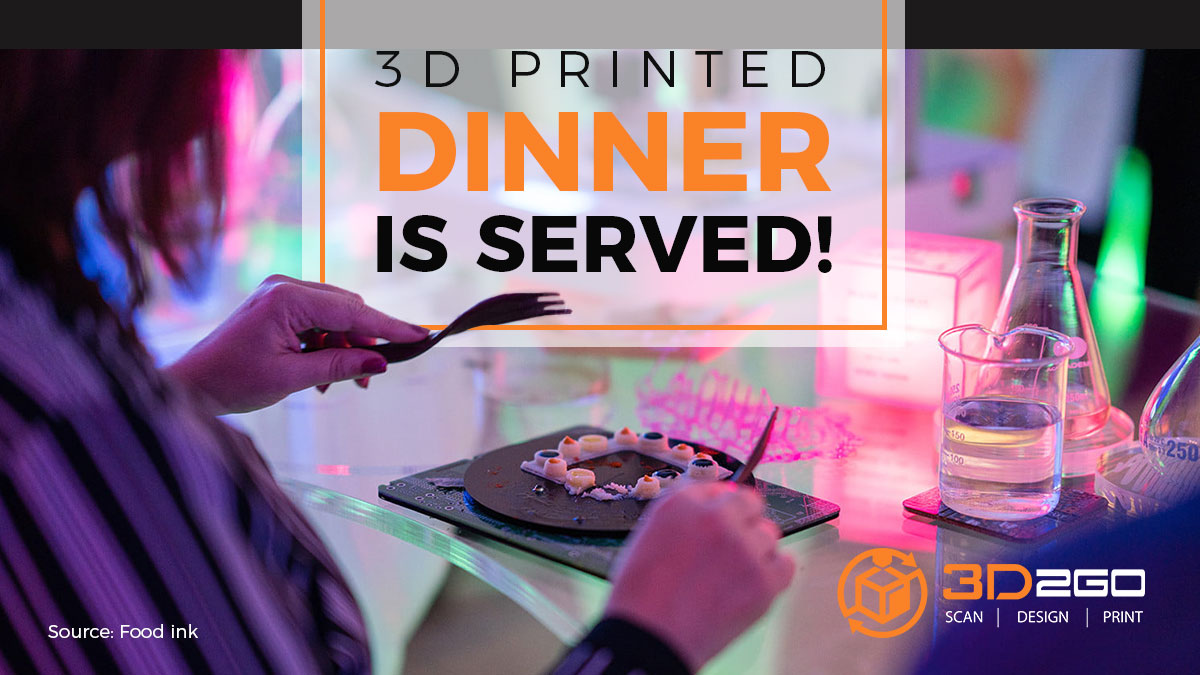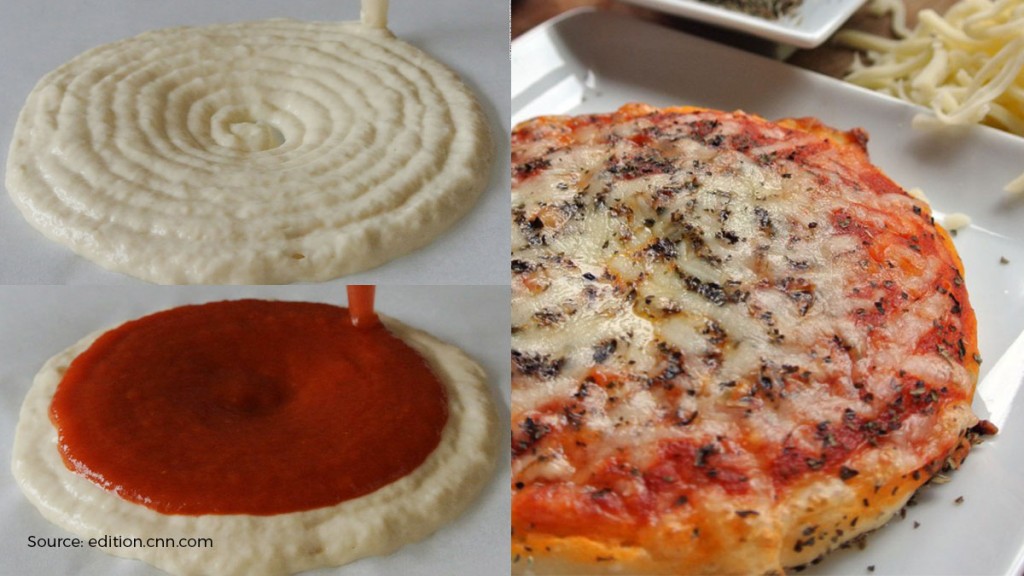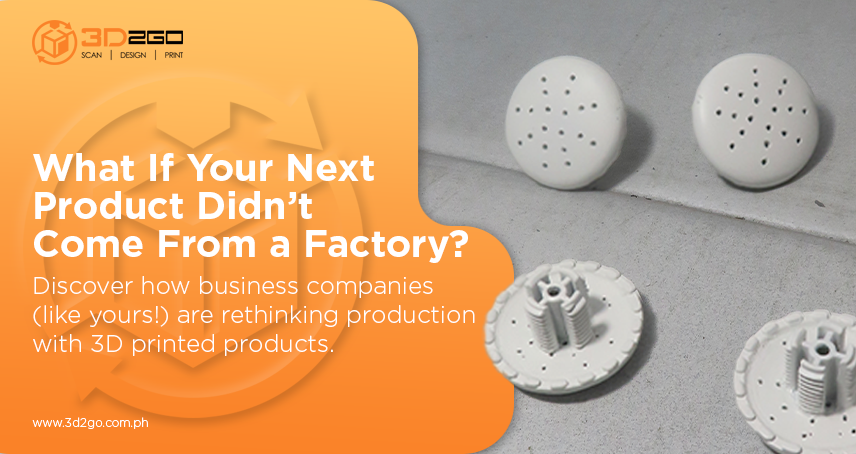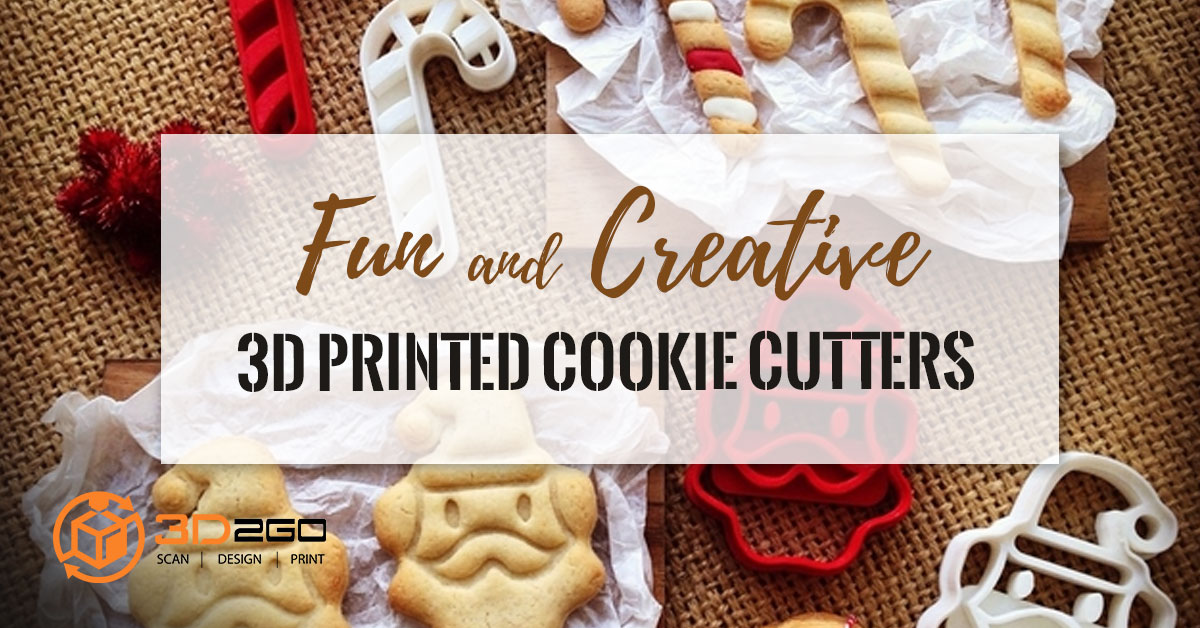
Make Christmas Gifts Fun with Your Very Own 3D Bobblehead
May 5, 2022
Creating Custom Cake Toppers
May 6, 20223D printing food has been a common practice for years before it hit our country. It is widely practiced in Japan and many European countries for display purposes in restaurants and other food businesses. Here in the Philippines, we often see 3D-printed food in food courts at malls.
However, these aren’t real food. Otherwise, they will just get spoiled if displayed the entire day. But believe it or not, real food can now be created using a state-of-the art 3D printer. Yes, you read it right. The idea probably sounds ridiculous especially for people who may not have enough knowledge about 3D printing. The truth is, you can print your favorite dishes using the same ingredients as you would with regular cooking.
So how is 3D printing food done, you ask. To print real, edible food, we need a specialized 3D food printer. It can print pretty much anything from chocolates to minced meat. Here’s the basic rule: If it can be puréed, you can rest assured that it can be printed. The resulting paste can be shaped any way the designer wants for as long as it does not go beyond printer limits, and of course, the laws of physics.
So how about something like pizza? In this case, the dough is 3D printed. Using the same printer, tomato sauce is created. Other ingredients like cheese can simply be added by hand. Examples of food that can be created using a 3D printer include bread rolls, cakes, dumplings, and spaghetti!
Now the big question is, is it really safe to eat 3D-printed food? Think of it this way: 3D-printed food is ideally fresh ingredients processed to come out of a nozzle. Just like any food, it can be taken into the body for as long as it is clean.
Is it Ideal or Inconvenient?
Food created using a 3D printer should taste the same or close to regular food since it is made using the same, fresh ingredients. However, there may be a difference in texture for obvious reasons.
Understandably, nothing can replace real food in terms of taste and texture especially for everyday consumption. But there are cases where 3D-printed food is actually more convenient than actual dishes. Take a look at the following examples:
For people who have swallowing disorders – Since food is turned into paste, 3D-printed food is ideal for people who have a hard time swallowing solid food. In fact, the practice of 3D printing food is now being used in senior care facilities.
For areas hit by calamities – In areas where looking for food is a big problem, a 3D food printer comes in handy. In 3D printing, ingredients are broken down into paste so consumers will get the nutrition they need to stay healthy.
For space exploration – Eating 3D-printed food could be the best choice in the International Space Station. In the absence of regular food, astronauts need food that is safe to eat raw or is created using pre-cooked ingredients. This is possible using a 3D food printer.







